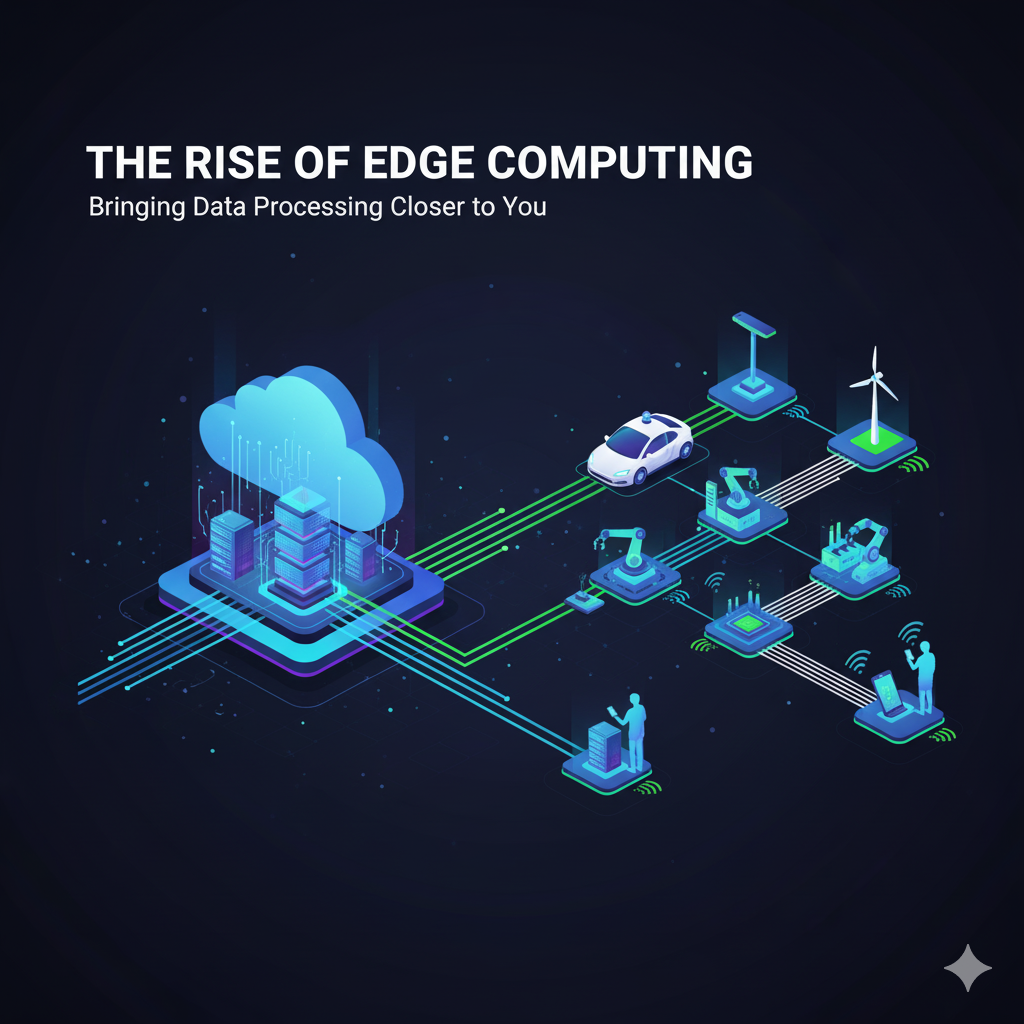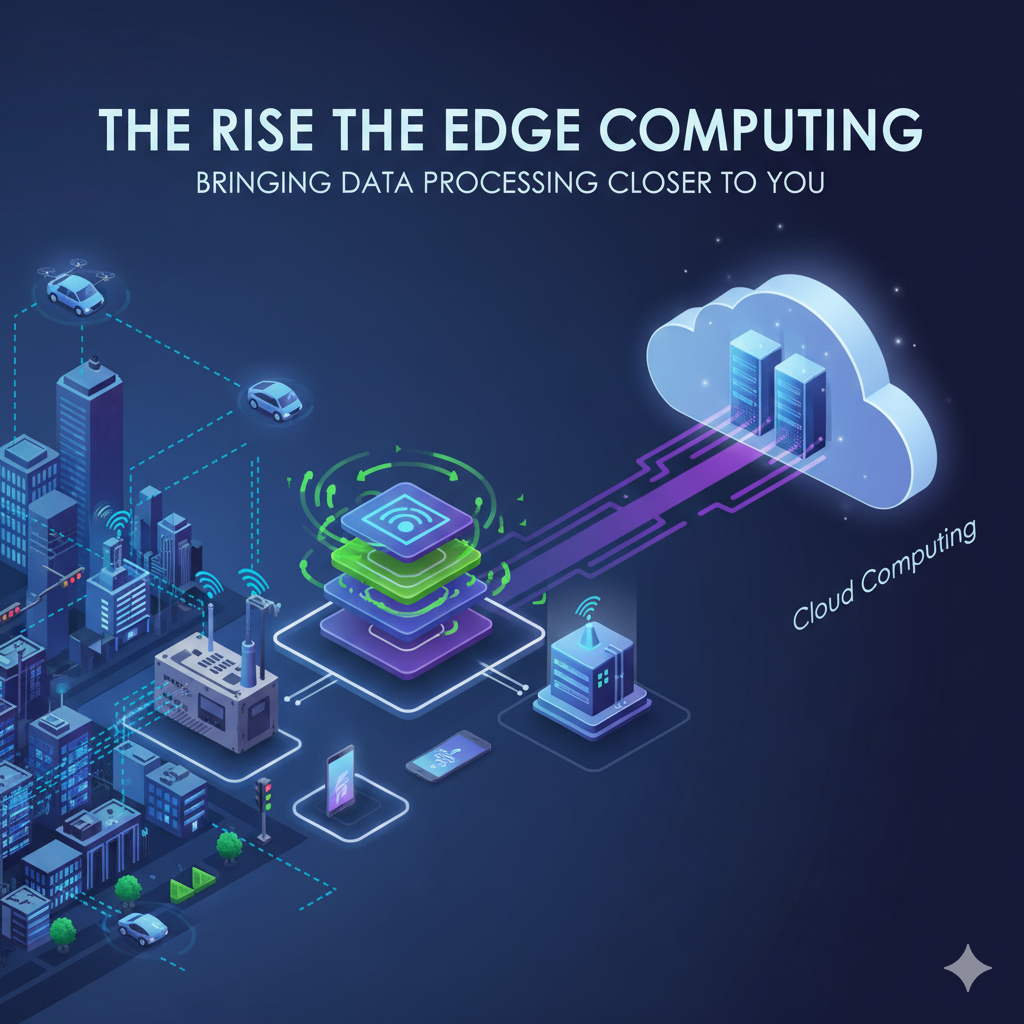In today’s hyper-connected world, billions of devices — from smart cars and wearables to IoT sensors — generate massive amounts of data every second. Traditionally, this data was sent to the cloud for processing, but that can lead to delays. Edge Computing solves this by processing data closer to where it’s created, enabling faster and smarter decision-making.
⚡ What Is Edge Computing?
Edge Computing is a distributed model that processes data locally — on the “edge” of the network — instead of relying entirely on cloud servers. This reduces latency, boosts privacy, and ensures systems keep working even with limited connectivity.
This technology powers innovations like:
- Self-driving cars that react in milliseconds
- Smart factories that optimize production in real time
- Healthcare devices that provide instant monitoring
💡 Why Edge Computing Matters
As industries grow more data-driven, real-time responsiveness becomes critical. Edge Computing enables:
- Ultra-low latency for immediate responses
- Stronger data privacy and security
- Lower bandwidth and cloud costs
- Reliable performance in remote locations
For IT professionals, mastering Edge Computing means staying ahead in a world where instant data processing is key.
🧠 How Businesses Benefit
Organizations across manufacturing, healthcare, logistics, and retail use Edge Computing to:
- Analyze and act on data in real time
- Improve automation and efficiency
- Reduce dependency on the cloud
- Deliver faster, more reliable user experiences
🌐 The Future Is at the Edge
The combination of Edge Computing, AI, and IoT is transforming how industries operate — making systems faster, safer, and more autonomous. Edge Computing isn’t just a trend; it’s a key driver of the next phase of digital transformation.


